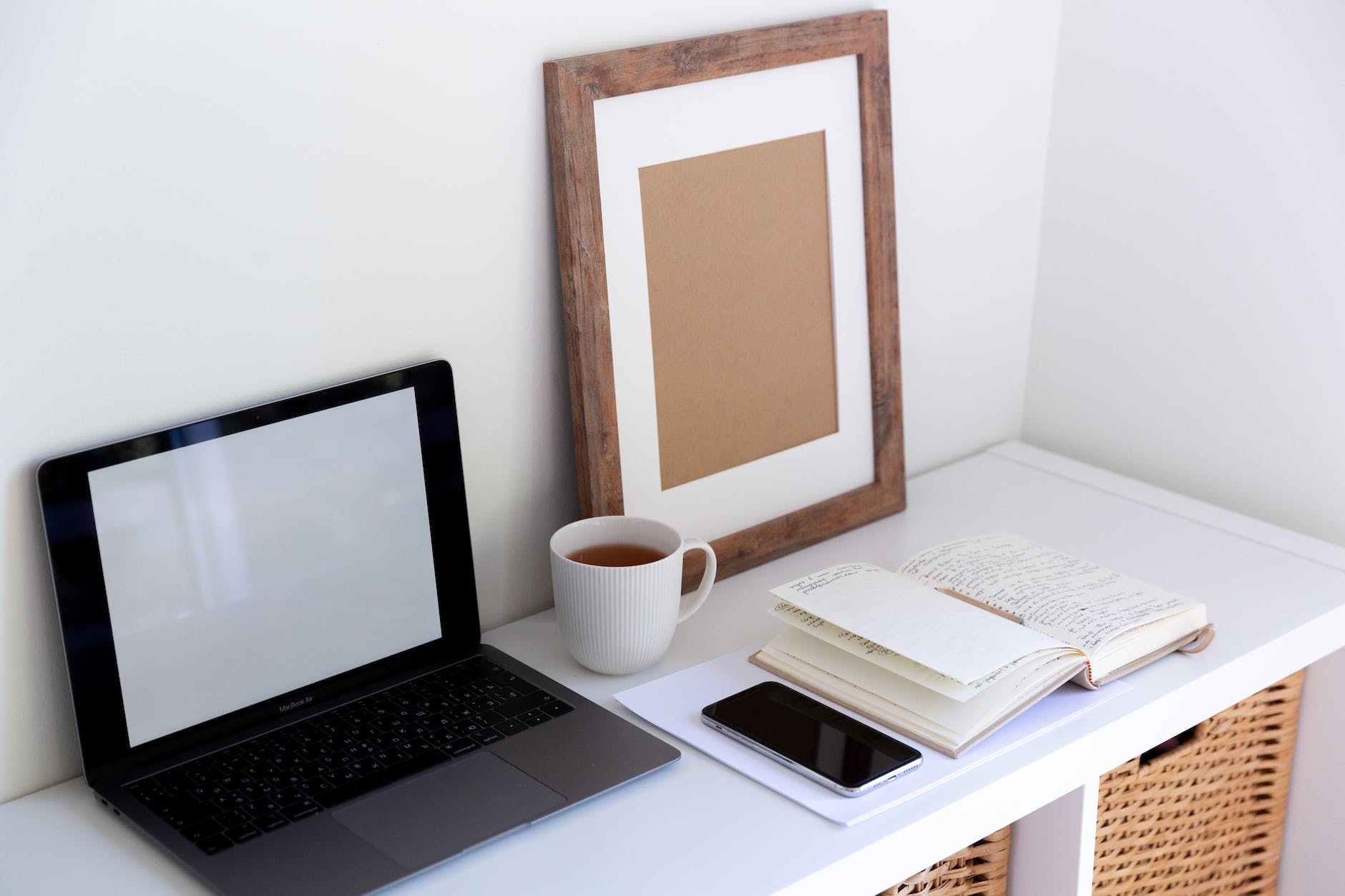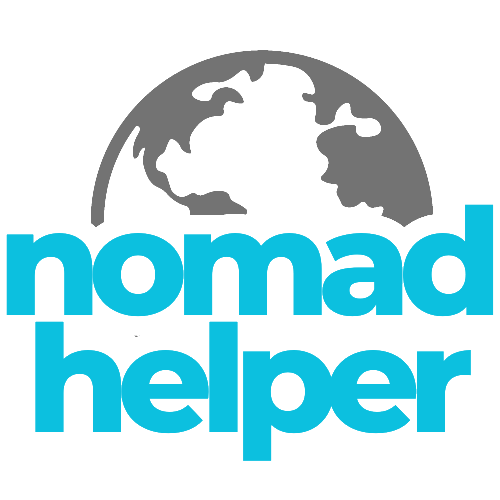Table of Contents
- 1. Mimic Your In-Office Routine
- 2. Make Use of Productivity Tools
- 3. Set Boundaries Between Work and Home Life
- 4. Break Up Your Day
- 5. Stay Active and Practice Mindfulness
- Conclusion: Making Remote Work Work
1. Mimic Your In-Office Routine
One tactic that worked wonders for me was incorporating my office routine into my remote work day. Having breakfast at the same time as you would when going to work, taking planned breaks, and prioritizing tasks accordingly all contribute to creating semblance. Even simple things such as preparing to ‘go to work’ by getting dressed, having a cup of coffee and sitting down to start your day at the usual time can surprisingly make a big difference. I found that this helped me switch my mind to ‘work mode’. I recommend exploring Business News Daily’s tips on maintaining productivity from home using routine.2. Make Use of Productivity Tools
Can’t keep track of tasks? Lose sight of deadlines? Feel disorganized? Trust me, I’ve been there. Fortunately, there are countless digital tools out there to help. I personally start each day by creating a list of tasks and goals in Todoist, ensuring that I keep track of my priorities. When it comes to managing multiple projects, I rely on Trello. These tools and others like Slack or Zoom help streamline workflows and improve communication when we can’t rely on those quick in-person chats.Recommended article: The Transformational Power of Digital Nomadism

3. Set Boundaries Between Work and Home Life
The lines between professional and personal life can blur when working from home. It’s all too easy to let work creep into your personal time or vice versa. What I’ve done is to strictly designate a specific area in my home for work, free from distractions and reserved solely for professional activities. And when the work day ends, I leave that space, symbolizing the end of my professional commitments for the day. This intentional transition has been great for my mental health and overall well-being.4. Break Up Your Day
Remember those small chat breaks you used to take with your colleagues in the office? They were the key to refreshing your brain. I ensure to take short regular breaks. In fact, there is a technique known as the Pomodoro Technique which suggests taking a 5-minute break after every 25 minutes of work. You’d be surprised at how a brief break can improve focus and productivity!5. Stay Active and Practice Mindfulness
Physical inactivity can lead to a feeling of lethargy and may act as a barrier to maintaining focus. I make it a point to stay active. You could consider starting your day with a workout or a quick mid-day yoga session to rejuvenate yourself. Stress and anxiety can also take a toll on your focus. I have found that incorporating some form of mindfulness or meditation into your daily schedule can really make a positive change. Try out apps like Headspace or Calm that offer guided sessions for beginners.Recommended article: The Untold Stories of Digital Nomads Harrowing Visa Struggles
Conclusion: Making Remote Work Work
Staying focused when working remotely might seem tough at first and your milage will vary according to what works best for you. However, with the right routines in place, helpful tools, firm boundaries, regular breaks, and a commitment to personal well-being, you’ll surely find your way just like I did. Power through it and use this remote work era to your advantage. Because, honestly, aren’t we all right at home? One tactic that worked wonders for me was incorporating my office routine into my remote work day. Having breakfast at the same time as you would when going to work, taking planned breaks, and prioritizing tasks accordingly all contribute to creating semblance. Even simple things such as preparing to ‘go to work’ by getting dressed, having a cup of coffee and sitting down to start your day at the usual time can surprisingly make a big difference. I found that this helped me switch my mind to ‘work mode’. I recommend exploring Business News Daily’s tips on maintaining productivity from home using routine.2. Make Use of Productivity Tools
Can’t keep track of tasks? Lose sight of deadlines? Feel disorganized? Trust me, I’ve been there. Fortunately, there are countless digital tools out there to help. I personally start each day by creating a list of tasks and goals in Todoist, ensuring that I keep track of my priorities. When it comes to managing multiple projects, I rely on Trello. These tools and others like Slack or Zoom help streamline workflows and improve communication when we can’t rely on those quick in-person chats.Recommended article: The Transformational Power of Digital Nomadism

3. Set Boundaries Between Work and Home Life
The lines between professional and personal life can blur when working from home. It’s all too easy to let work creep into your personal time or vice versa. What I’ve done is to strictly designate a specific area in my home for work, free from distractions and reserved solely for professional activities. And when the work day ends, I leave that space, symbolizing the end of my professional commitments for the day. This intentional transition has been great for my mental health and overall well-being.4. Break Up Your Day
Remember those small chat breaks you used to take with your colleagues in the office? They were the key to refreshing your brain. I ensure to take short regular breaks. In fact, there is a technique known as the Pomodoro Technique which suggests taking a 5-minute break after every 25 minutes of work. You’d be surprised at how a brief break can improve focus and productivity!5. Stay Active and Practice Mindfulness
Physical inactivity can lead to a feeling of lethargy and may act as a barrier to maintaining focus. I make it a point to stay active. You could consider starting your day with a workout or a quick mid-day yoga session to rejuvenate yourself. Stress and anxiety can also take a toll on your focus. I have found that incorporating some form of mindfulness or meditation into your daily schedule can really make a positive change. Try out apps like Headspace or Calm that offer guided sessions for beginners.Recommended article: The Untold Stories of Digital Nomads Harrowing Visa Struggles



